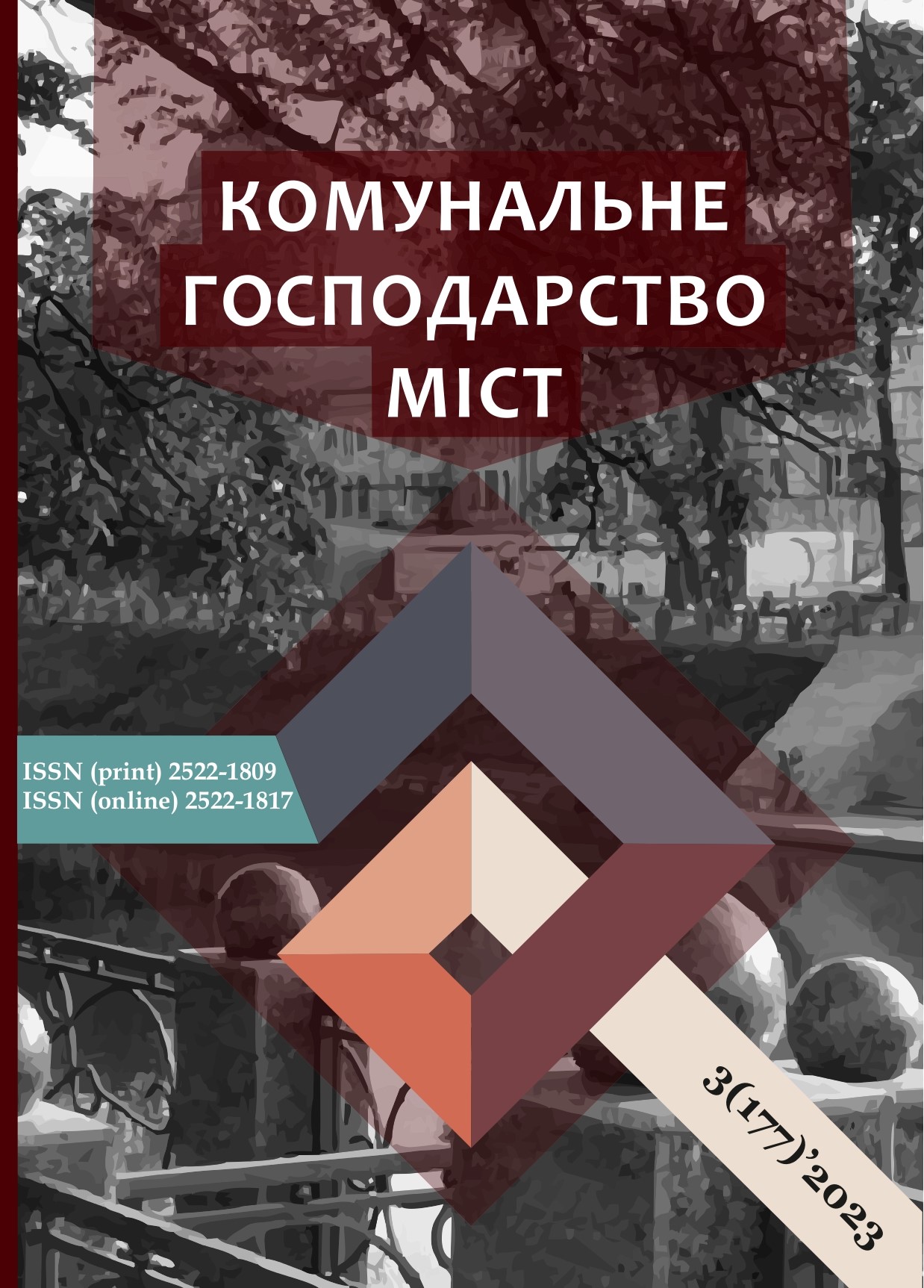ANALYSIS OF METHODS FOR DIGITAL TERRAIN MODELING BASED ON SPATIAL INTERPOLATION (Part 1)
DOI:
https://doi.org/10.33042/2522-1809-2023-3-177-74-79Keywords:
digital elevation model, construction methods, spatial interpolation, geographic information system, SurferAbstract
Digital Elevation Model (DEM) is an important component of geodetic works, which allows reproducing the earth's surface in digital form with a certain level of detail. Various methods are used to construct DEMs, among which it is worth noting the methods based on spatial interpolation. One advantage of spatial interpolation is the ability to take into account the uneven distribution of points on the earth's surface, which provides a more accurate DEM.
With the spread of high-precision geodetic instruments and technologies such as GPS and LiDAR, the methods of constructing DEMs have significantly improved. Modern methods include interpolation of curved surfaces, smoothing methods that reduce noise and random errors, and adaptive filtering methods that can detect and correct data anomalies.
In the field of geodesy, digital elevation models are an essential element in performing measurements and creating project documentation for construction. The purpose of this article is to analyze existing methods for constructing digital elevation models and to compare them to choose the best one. For the analysis, the widely known geoinformation system package Surfer was selected, which contains a sufficiently large number of deterministic methods and a geostatistical method based on spatial interpolation.
The Golden Software Surfer geoinformation system is currently the industry standard for constructing graphical representations of two-variable functions. An unbeatable advantage of the program is its built-in spatial interpolation algorithms, which allow creating digital surface models with high quality for spatially unevenly distributed data.
The Surfer program provides 12 different methods of spatial interpolation. For the analysis, a random fragment of a topographic map was taken, which was previously digitized and exported in ASCII format with ready-made coordinates for constructing a DEM. However, only 6 out of the 12 methods that could more accurately reflect the real relief situation were further analyzed based on these topographic data, namely Kriging, Triangulation with Linear Interpolation, Radial Basic Function, Natural Neighbor, Modified Shepard`s Method and Minimum Curvature.
References
Zatserkovnyi V.I., Burachek V.G., Zhelezniak O.O., Tereshchenko A.O. (2017). Geographic Information Systems and Databases. Nizhyn. [in Ukrainian]
Svitlychnyi O.O. & Plotnytskyi S.V. (2006). Fundamentals of geoinformatics. VTD «University Book», Sumy. [in Ukrainian]
Pazdriy I., Bilinskiy Yu. (2006). Use of geoinformatic systems for representation of earth surface relief. Visnyk of the Lviv University. Series Geography, 33, 301-309.
Philip G.M., Watson D.F. (1982). A precise method for determining contoured surfaces. Australian Petroleum Exploration Association Journal, 22, 205-212. https://doi.org/10.1071/AJ81016
Watson D.F., Philip G.M. (1985). A refinement of inverse distance weighted interpolation. Geo-Processing, 2, 315-327.
Burshtinska, H. V. (2001). Porivnyalniy analiz pobudovi tsifrovih modeley relefu z vikoristannyam aproksimatsiynih funktsiy. Geodeziya, kartografiya i aerofotoznimannya, 61, 137-148.
Burshtinska, H. V., Zayats, O. S. (2002). Teoretichni osnovi ta eksperimentalni doslidzhennya matematichnih funktsIy dlya pobudovi tsifrovih modeley relefu. Visnik geodeziyi ta kartografyi, 4, 32–37.
Eckstrein B.A. (1989). Evaluation of spline and weighted average interpolation algorithms. Comput. and beasci, 15 (1), 79-94. https://doi.org/10.1016/0098-3004(89)90056-3
Zazulyak, P.M., Havrysh, V.G., Yevsieieva, E.M., & Yosypchuk, M.D. (2007). Fundamentals of mathematical processing of geodetic measurements. Raster-7 Publishing, Lviv. [in Ukrainian]
Digital Elevation Models. Retrieved from https://www.cdema.org/virtuallibrary/index.php/charimhbook/data-management-book/3-base-data-collection/3-2-digital-elevation-models
Matsenko V.G. (2009). Computer Graphics. Chernivtsi: Ruta. [in Ukrainian]
Zhukov M. (2009). Surfer scientific graphics software. Kyiv. [in Ukrainian]
Lutsanova A.M. (2013). Osoblyvosti stvorennia ta vizualizatsii 3D modelei reliefu za dopomohoiu suchasnykh prohramnykh produktiv. Chasopys kartohrafii, 7, 44-52. [in Ukrainian]
Shypulin V.D. (2010). The main principles of geographic information systems. Kharkiv. [in Ukrainian]
Surfer. User's Guide: Contouring and 3D Surface Mapping for Scientists and Engineers. Golden Software, LLC.
Downloads
Published
How to Cite
Issue
Section
License
The authors who publish in this collection agree with the following terms:
• The authors reserve the right to authorship of their work and give the magazine the right to first publish this work under the terms of license CC BY-NC-ND 4.0 (with the Designation of Authorship - Non-Commercial - Without Derivatives 4.0 International), which allows others to freely distribute the published work with a mandatory reference to the authors of the original work and the first publication of the work in this magazine.
• Authors have the right to make independent extra-exclusive work agreements in the form in which they were published by this magazine (for example, posting work in an electronic repository of an institution or publishing as part of a monograph), provided that the link to the first publication of the work in this journal is maintained. .
• Journal policy allows and encourages the publication of manuscripts on the Internet (for example, in institutions' repositories or on personal websites), both before the publication of this manuscript and during its editorial work, as it contributes to the emergence of productive scientific discussion and positively affects the efficiency and dynamics of the citation of the published work (see The Effect of Open Access).

